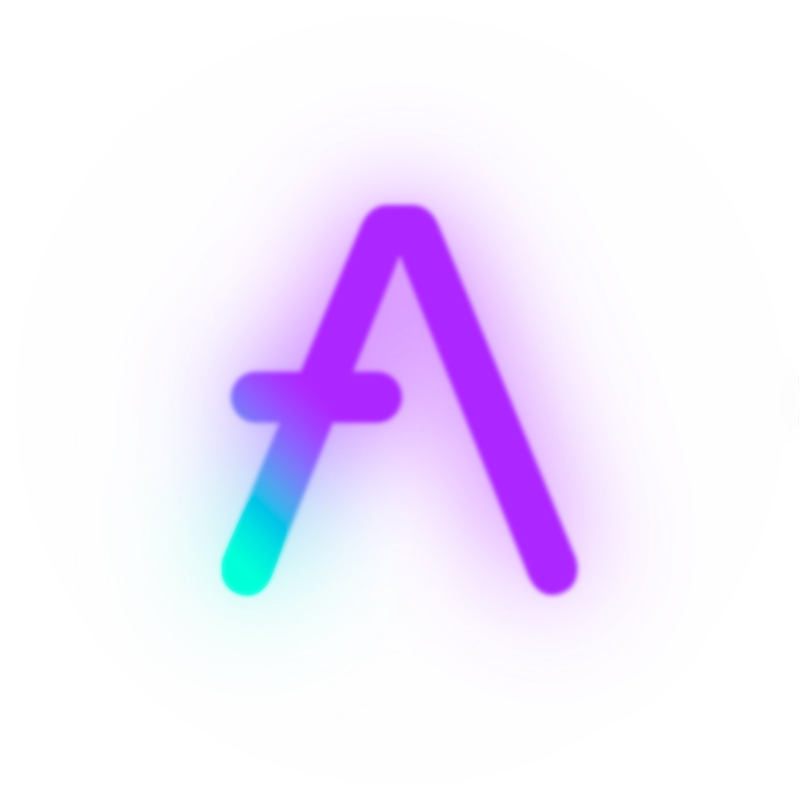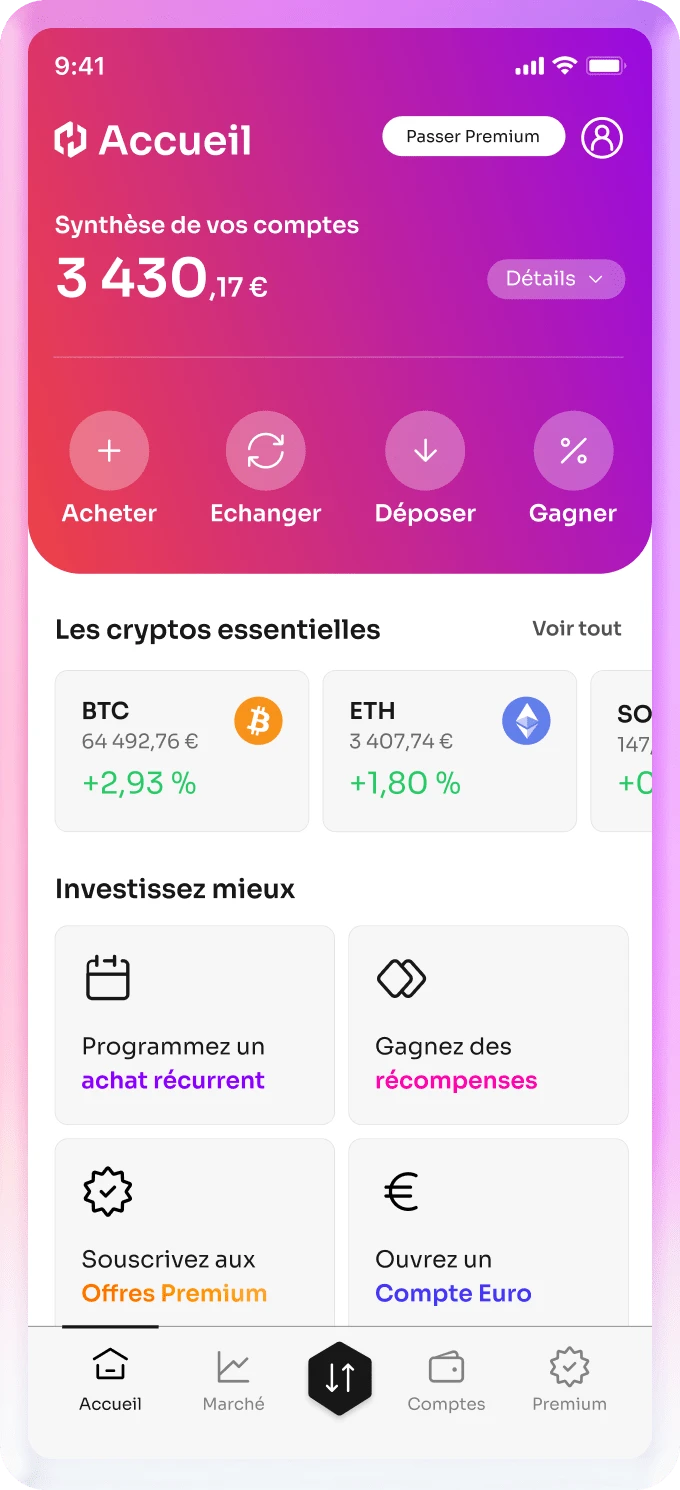Aave is a decentralized protocol that was created in 2017 under the original name ETHLend by Stani Kulechov.
It is a platform on which users can mainly do lending (making cryptos available) and borrowing (borrowing cryptos).
When lending, users block their cryptos in order to provide liquidity to the pools.
In return, they earn income by earning tokens.
Borrowing, on the other hand, enables investors to obtain crypto loans by pledging a quantity of collateral defined by the LTV (Loan to Value) ratio.
AAVE ensures the security of its DeFi protocol with regular audits.
The creation of a « bug bounty program » since 2022 also gives hackers the opportunity to alert on the presence of possible flaws.
The platform belongs to decentralized finance, since cryptos are exchanged transparently and directly via liquidity pools.
Incidentally, the name AAVE comes from the Finnish word for « ghost »!
Originally present only on Ethereum, the decentralized Aave protocol is now compatible with various blockchains such as Optimism, Polygon, Avalanche, Fantom(FTM purchase), Harmony and Arbitrum.
Aave’s capitalization exceeds $1.18 billion (June 2024).
The AAVE platform’s native token was originally called LEND, before being renamed AAVE.
It is a utility token that enables users to benefit from reduced fees, participate in governance and staking.






















